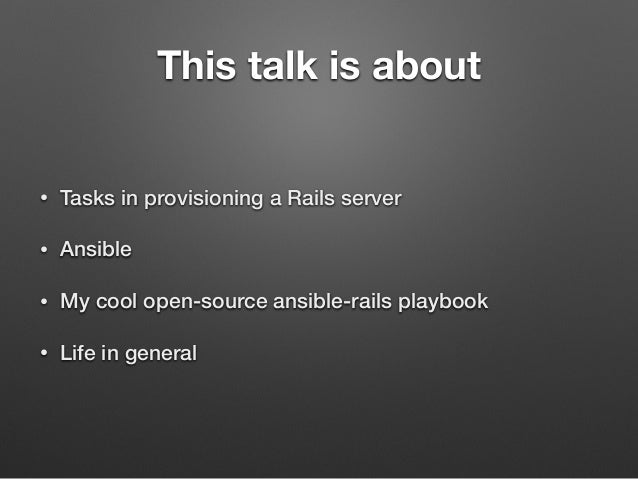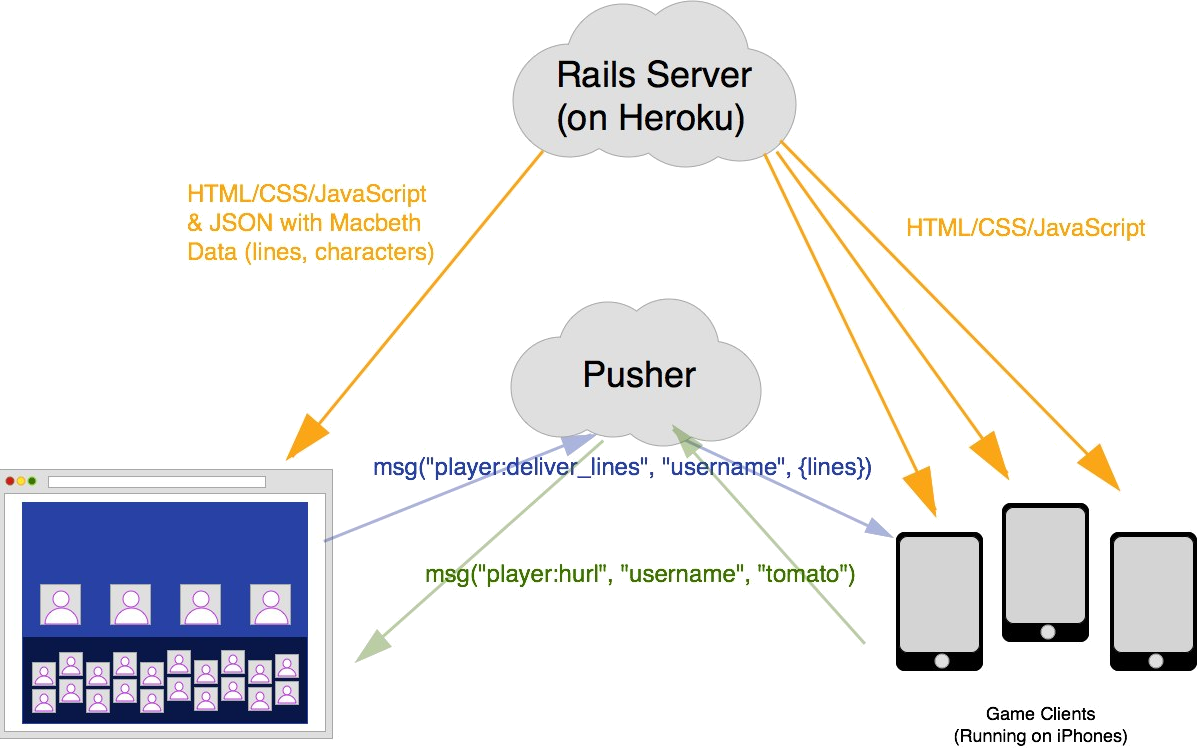

- #Rails quit all servers how to
- #Rails quit all servers install
- #Rails quit all servers code
- #Rails quit all servers free

In development, it’s common to use ports 3000, 4000, 4200, etc.
#Rails quit all servers how to
We’ve discussed how to kill a process by PID, but what if you don’t know the PID? You start with what you do know: the port you’re trying to use. Source: Hunting down a process without a PID Instead of telling the process to shut down, it goes a step further and cuts the process off at the source. In contrast, SIGKILL is more like unplugging the computer or yanking out the battery. SIGTERM signals the process to run its own shutdown procedure. You click the shutdown button, then the computer closes out everything it’s working on and shuts down. The SIGTERM command is akin to shutting a computer down via the user interface. What’s the difference between SIGTERM and SIGKILL? # Sends `SIGTERM` to that process.Īnd if that didn’t work, you could try kill -9 42612. For the PID output above, you could kill the corresponding stuck server using kill 42612. One way to shut down a rogue server is with the kill command. NOTE: The number inside server.pid varies as it’s assigned by the operating system. The Rails Server uses this number to track the server’s process. Server.pid file contains a single number: the PID (Process ID). That’s what is inside the server.pid file mentioned in the error above. Once upon a time there were three little PIDs… well, actually one PID.
#Rails quit all servers free
In case you don’t care about the “why?,” run the command below to free up the port: # kills any process attached to port 3000 The new server attempts to run but is unable to bind itself to the occupied port. This happens when the server shuts down incorrectly leaving the port permanently stuck in use. # => Rails 4.2.5.1 application starting in development on # => Run `rails server -h` for more startup options You go to start the Rails server and are confronted with this nasty reality: rails server # Access an interactive console on exception pages or by calling 'console' anywhere in the code.We’ve all seen it.
#Rails quit all servers code
# Call 'byebug' anywhere in the code to stop execution and get a debugger console

# Reduces boot times through caching required in config/boot.rb # gem 'capistrano-rails', group: :development # Use Redis adapter to run Action Cable in production # Turbolinks makes navigating your web application faster. # Use Uglifier as compressor for JavaScript assets # Use sqlite3 as the database for Active Record # Bundle edge Rails instead: gem 'rails', github: 'rails/rails' This generates a skeletal Rails installation in ~/Code/Ruby/weblog. railsrc file don't affect theĭefaults values shown above in this help message. Note that the arguments specified in the. railsrc configuration file in your home directory. You can specify extra command-line arguments to be used every time The 'rails new' command creates a new Rails application with a defaultĭirectory structure and configuration at the path you specify. v,, # Show Rails version number and quit # Preconfigure for app-like JavaScript with Webpack (options: react/vue/angular/elm/stimulus) , # Preconfigure smaller stack for API only apps , # Skip loading of extra configuration options from. # Path to file containing extra configuration options for rails command , # Setup the application with Gemfile pointing to Rails repository , # Setup the application with Gemfile pointing to your Rails checkout , # Don't generate configuration that depends on the listen gem
#Rails quit all servers install
, # Don't install Spring application preloader , # Don't use Yarn for managing JavaScript dependencies d, # Preconfigure for selected database (options: mysql/postgresql/sqlite3/oracle/frontbase/ibm_db/sqlserver/jdbcmysql/jdbcsqlite3/jdbcpostgresql/jdbc) m, # Path to some application template (can be a filesystem path or URL) r, # Path to the Ruby binary of your choice , # Skip namespace (affects only isolated applications) README.md C:\Users\user\Documents\GitHub\store>rails server O rails server não está funcionando, estou em ambiente windows, já instalei o iconv, mas ele continua dando a mensagem de erro.Įle também não criou tantos arquivos quanto no exemplo da aula


 0 kommentar(er)
0 kommentar(er)
